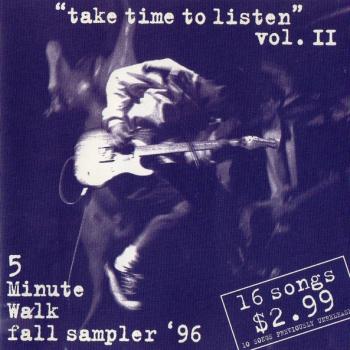• “‘We Keep People Alive’: As Summers Get Deadlier, a Tiny Church Is Fighting Back”
Pay attention to this small resiliency center in South Phoenix. Pay attention to any group of neighbors organizing help for each other when the stakes are life and death. There will, unfortunately, be plenty of examples, Maui the heartbreaking latest. Vulnerability is ubiquitous now. “Official” networks go down. The ancient wisdom of circling up with the people right around you and preparing for the worst together? That’s a habit South Phoenix never lost. Though it came through the crucible of low-income living, it’s a working survival strategy today, and prescient.
I love everybody Audrey Gray introduces us to in this beautiful and beautifully written Mother Jones story: the volunteers and pastors, activists and ad hoc social workers, the community they serve, and even the earnest wonk struggling to make government something that helps them rather than frustrates their efforts.
“Community is the key to everything. The individual thing? Like, fuck that. You need a team.”
 • “Vin Mariani, the 19th-Century Cocaine-Infused Wine, Imbibed and Endorsed by Presidents, Popes & Writers”
• “Vin Mariani, the 19th-Century Cocaine-Infused Wine, Imbibed and Endorsed by Presidents, Popes & Writers”
• “Sin-eaters: Selfless Saviors or the Walking Damned”
Miss Jessel writes about this strange folk-religious custom. I don’t see any way for orthodox Christian theology to accommodate this idea. But if it somehow did, I also don’t see any way for actual Christian ethics to avoid mandating that every Christian would be obliged to become a “sin-eater.”
• “As non-existent places go, Null Island is more solid than most.”
• “How Woke Bob Hope Got Canceled by the Right”
I gotta tell ya folks, I didn’t realize that Bob Hope was boycotted by right-wing groups in the ’70s and ’80s for his (subdued) support for gay rights and gun control.
• “The Devil’s Highway,” David Schaengold writes about memory and history.
The past, even if it is not incorporated into a tradition, does not simply disappear. The serpent and the winged rock, and the grave of the patriarch, too, are really there, and the docent shall not overcome them. Even if the United States never becomes a land that is comfortable letting the past speak for itself, its own past will never cease to reassert itself. I wrote above that the Hopewell culture has left no apparent trace on the culture of Cincinnati, and it’s true that the traces it has left are not apparent. But they are, I believe, there. If nothing else, they are present in the strange feelings that overtake me, and certain others I know, in the presence of those mounds. And they are present, too, as deliberate absence. Since they perdure, they must be swerved around, and the swerve is real, too.
• Speaking of memory and history: “Why Historical Markers Matter” from The Smithsonian.
The bizarre reality is that anyone with a few thousand dollars and a place to put a marker can get one saying whatever they want. Given broad similarities in design, it’s difficult to tell who’s responsible for the more than 185,000 markers recorded in the Historical Markers Database—a volunteer-run online catalog that’s arguably the most comprehensive resource of its kind—without a close inspection.
John Garrison Marks’ playful article starts with the example of the official-looking-but-unofficial “historical marker” at 9th and Passyunk commemorating the invention of the Philly cheesesteak. It was paid for and put up by the owner of Pat’s King of Steaks.
So the most important historical fact to take away from this article is this: Pat’s is for tourists. (So is Geno’s.)















